The rust-based battery system by the Massachusetts-based company offers safer, cheaper, and longer grid storage than lithium-ion.
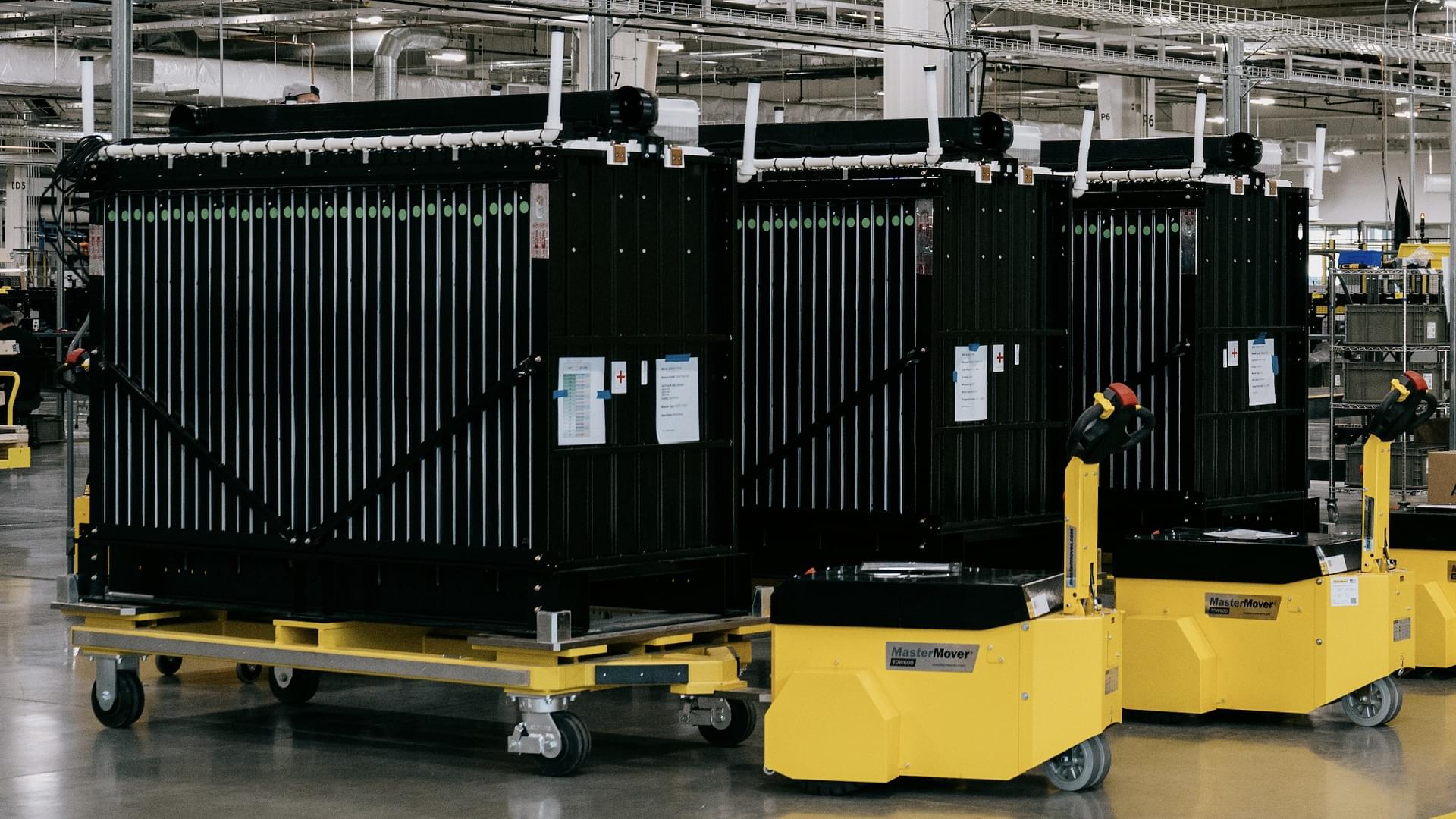


IN A NUTSHELL ✨ Scientists developed a new quantum clock that achieves extraordinary precision with reduced energy consumption. 🔬 The clock operates on the principle of coherent quantum transport, minimizing energy loss by avoiding constant measurement. 💡 This innovation could significantly impact quantum computing and other technologies requiring precise synchronization. 🌍 Researchers are building prototypes
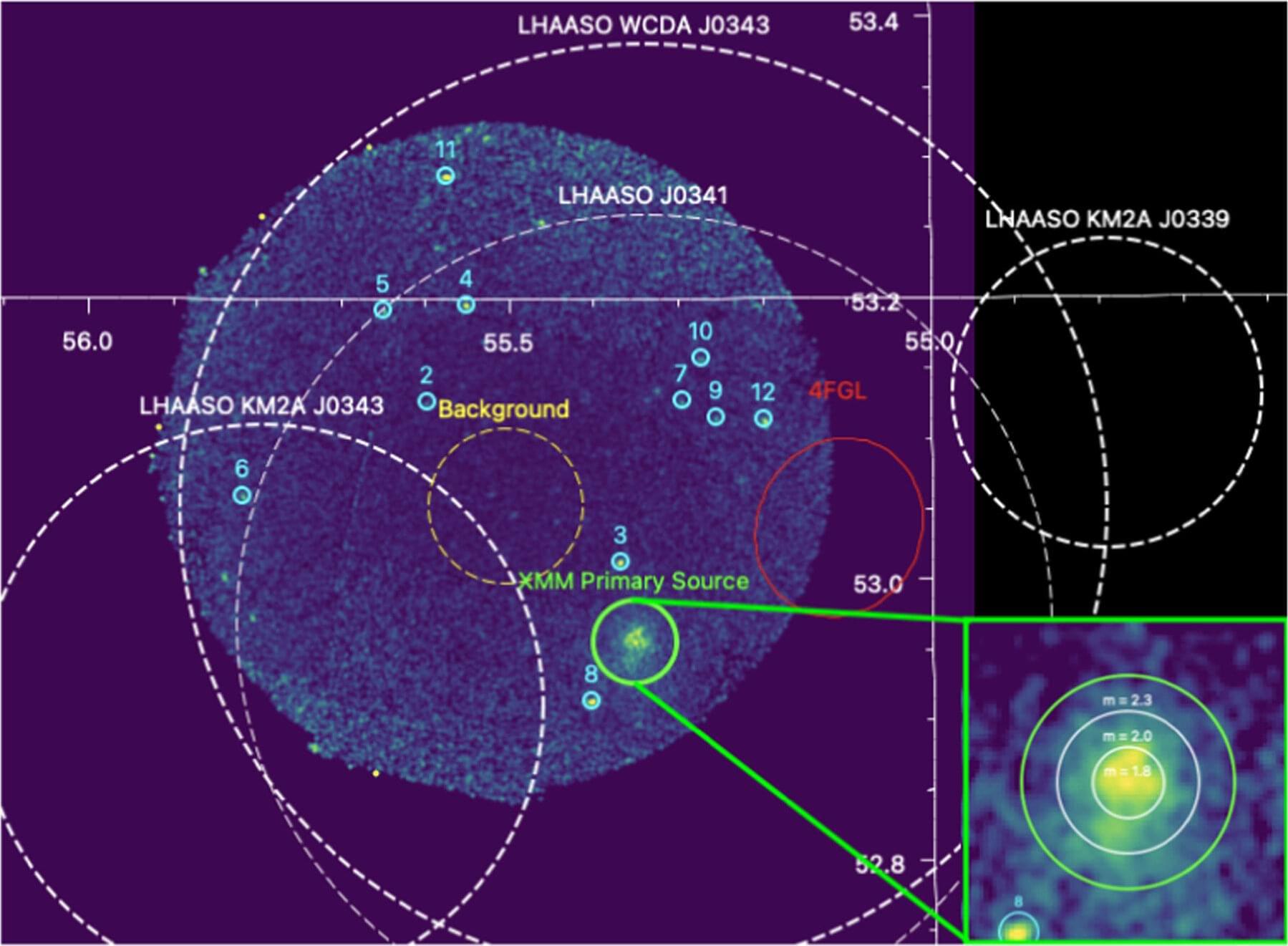
New research published by Michigan State University astrophysicists could help scientists answer a century-old question: Where did galactic cosmic rays come from?
Cosmic rays—high-energy particles moving close to the speed of light—originated from somewhere in the Milky Way galaxy and beyond, but exactly where has been a mystery since they were discovered in 1912. Shuo Zhang, MSU assistant professor of physics and astronomy, and her group led two studies that shed new light on where cosmic rays might have come from. The recently published findings were presented at the 246th meeting of the American Astronomical Society in Anchorage, Alaska.
The sources of these high-energy, fast-moving particles could bear the nature of black holes, supernova remnants and star-forming regions. These extreme astrophysical events are also known to produce neutrinos—tiny, nearly massless particles that are found in abundance not only deep in space, but also on our planet.

The Space Renaissance 4 All Gallery (www.sr4allgallery.com) is an international initiative, to carry a Science-Technology-Art-Partnerships payload into lowEarth orbit, where it will circle the planet before returning for scientific study and public engagement. The Gallery is inside Nyx capsule of The Exploration Company that is scheduled to launch aboard a SpaceX Falcon 9 from Vandenberg Base, California on 22June 2025 23:15 CEST, orbit Earth, reenter the atmosphere and return intact — making its payload available for scientific and technical evaluation, museum exhibitions, and public outreach. It was initiated by LUNEX CEO and SRI President Prof. Bernard Foing (former ESA Chief Scientist and lead of first ESA lunar mission SMART1). “This is not just a technological mission. It is a Space Renaissance for All statement,” said Prof. Bernard Foing. “Together with MoonMars and our partners, we are creating a human-centric space future that carries our stories, our knowledge, and our spirit.”
“We have developed a space payload to celebrate the values and goals of SRI Space Renaissance, LUNEX and partners. It is using spare from ISS Expose astrobiology tray own 2009−2010” says Bernard Foing. “The gallery contains: Science samples from NASA Ames and Universities (astrobiology, soils and rocks from Earth, meteorites from Moon, Mars, asteroids); Artscience pieces from ArtMoonMars, MoonGallery, MoonMars Museum, SRI; a Digital library of documents, images and music; a Tribute to 40 partners of Space SDG18 and LUNEX.”
“It is really exciting, for us of Space Renaissance International, to see this beautiful program coming to its goal: reaching orbit and re-entering to Earth on a critical test mission! Space Renaissance 4 All was of great inspiration also during the 3rd National Congress of Space Renaissance Italia, that we celebrated a few days ago in Catanzaro, at the Magna Graecia University!! Thanks to all participants, to the Exploration Company and all the Sponsors of this fantastic venture into space! Long live to Space Renaissance, long live to Space Art and Space Artists!” says Adriano V. Autino, SRI CEO and Founder.
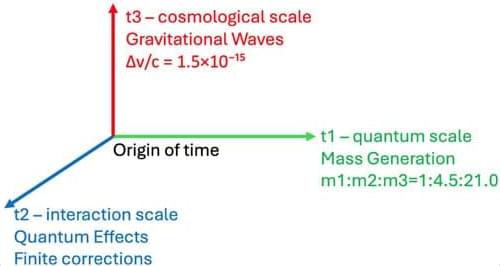
In this paper, the authors propose a three-dimensional time model, arguing that nature itself hints at the need for three temporal dimensions. Why three? Because at three different scales—the quantum world of tiny particles, the realm of everyday physical interactions, and the grand sweep of cosmological evolution—we see patterns that suggest distinct kinds of “temporal flow.” These time layers correspond, intriguingly, to the three generations of fundamental particles in the Standard Model: electrons and their heavier cousins, muons and taus. The model doesn’t just assume these generations—it explains why there are exactly three and even predicts their mass differences using mathematics derived from a “temporal metric.”
This paper introduces a theoretical framework based on three-dimensional time, where the three temporal dimensions emerge from fundamental symmetry requirements. The necessity for exactly three temporal dimensions arises from observed quantum-classical-cosmological transitions that manifest at three distinct scales: Planck-scale quantum phenomena, interaction-scale processes, and cosmological evolution. These temporal scales directly generate three particle generations through eigenvalue equations of the temporal metric, naturally explaining both the number of generations and their mass hierarchy. The framework introduces a metric structure with three temporal and three spatial dimensions, preserving causality and unitarity while extending standard quantum mechanics and field theory.
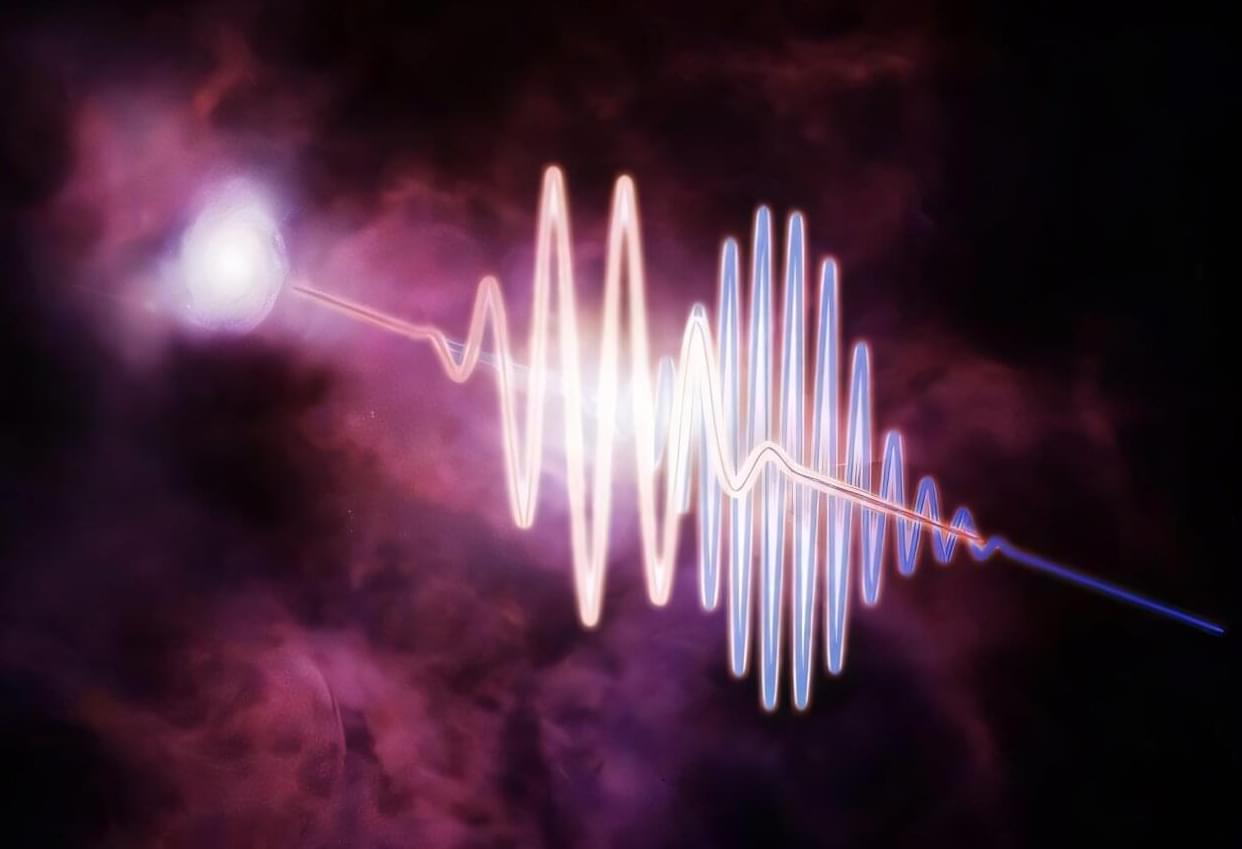
A new landmark study has pinpointed the location of the universe’s “missing” matter, and detected the most distant fast radio burst (FRB) on record. Using FRBs as a guide, astronomers at the Center for Astrophysics | Harvard & Smithsonian (CfA) and Caltech have shown that more than three-quarters of the universe’s ordinary matter has been hiding in the thin gas between galaxies, marking a major step forward in understanding how matter interacts and behaves in the universe.
They’ve used the new data to make the first detailed measurement of ordinary matter distribution across the cosmic web. The research is published in the journal Nature Astronomy.
For decades, scientists have known that at least half of the universe’s ordinary, or baryonic matter —composed primarily of protons—was unaccounted for. Previously, astronomers have used techniques including X-ray emission and ultraviolet observations of distant quasars to find hints of vast amounts of this missing mass in the form of very thin, warm gas in between galaxies. Because that matter exists as hot, low-density gas, it was largely invisible to most telescopes, leaving scientists to estimate but not confirm its amount or location.
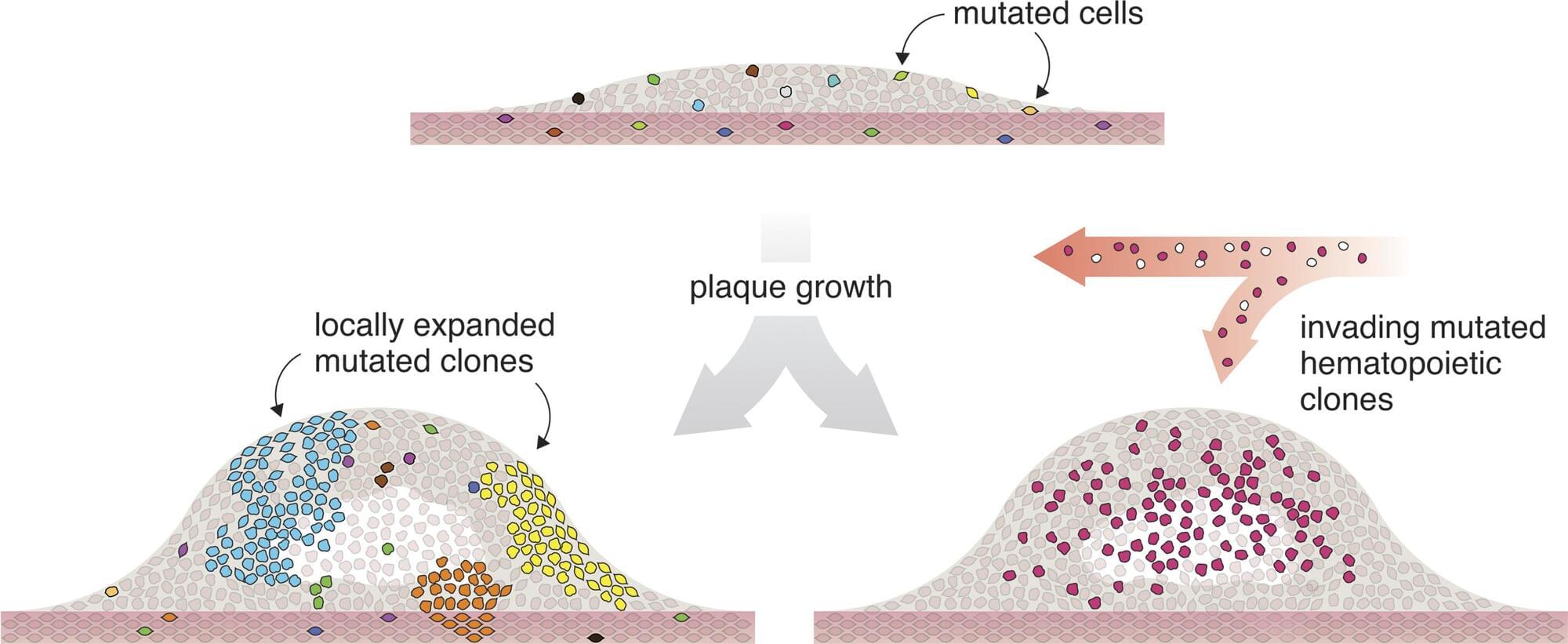
Researchers from the University of Southern Denmark and Odense University Hospital have studied tissue from patients with atherosclerosis. They found that many of the cells in the diseased tissue carried the same genetic alteration and appeared to originate from a single ancestral cell that had divided repeatedly—a pattern otherwise associated with tumor biology.
In several patients, a large proportion of the cells were derived from one single mutated cell that had undergone many rounds of cell division.
“It’s striking how many cells in the tissue share the exact same genetic change. In several samples, more than 10% of the cells—hundreds of thousands cells—carried the same alteration. It’s difficult to interpret this as anything other than all these cells originating from a shared ancestral cell that, at some point during disease development, acquired the mutation,” says Lasse Bach Steffensen, Associate Professor at the Department of Molecular Medicine at the University of Southern Denmark.

A fireside with Sam Altman on June 16, 2025 at AI Startup School in San Francisco.
Sam Altman grew up obsessed with technology, broke into the Stanford mainframe as a kid, and dropped out to start his first company before turning 20.
In this conversation, he traces the path from early startup struggles to building OpenAI—sharing what he’s learned about ambition, the weight of responsibility, and how to keep building when the whole world is watching. He opens up about the hardest moments of his career, the limits of personal productivity, and why, in the end, it’s all still about finding people you like working with and doing something that matters.
Chapters (Powered by https://ChapterMe.co)
00:00 – We’re going for AGI
01:25 – Founding OpenAI Against the Odds.
05:00 – GPT-4o & the Future of Reasoning Models.
07:00 – ChatGPT Memory & the ‘Her’ Vision.
10:00 – GPT-5 & the Vision of a Multimodal Supermodel.
11:00 – Robots at Scale.
15:00 – Don’t Build ChatGPT — Build What’s Missing.
17:00 – Elon’s Harsh Email & Building Conviction.
26:00 – One Person’s Leverage in the Next Decade.
32:00 – AI for Science: Sam’s Personal Bet.

Time, not space plus time, might be the single fundamental property in which all physical phenomena occur, according to a new theory by a University of Alaska Fairbanks scientist.
The theory also argues that time comes in three dimensions rather than just the single one we experience as continual forward progression. Space emerges as a secondary manifestation.
“These three time dimensions are the primary fabric of everything, like the canvas of a painting,” said associate research professor Gunther Kletetschka at the UAF Geophysical Institute. “Space still exists with its three dimensions, but it’s more like the paint on the canvas rather than the canvas itself.”